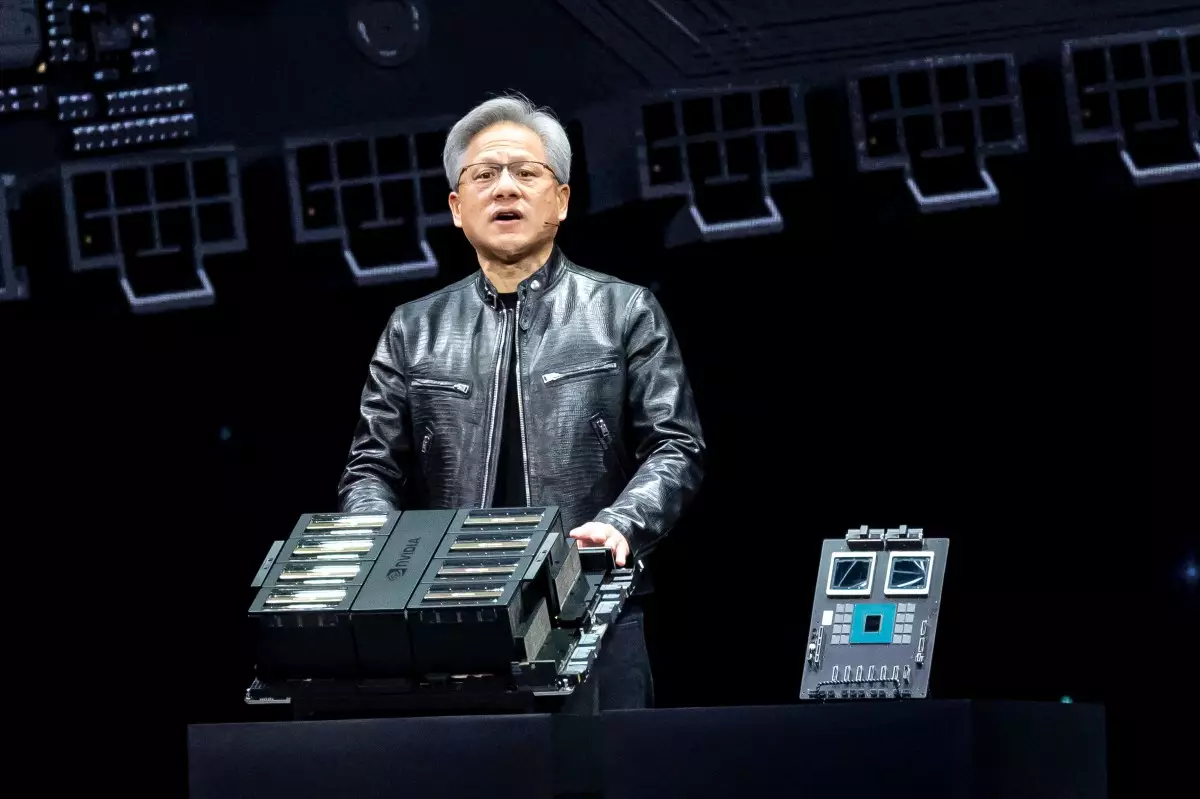In an ever-evolving technological landscape marked by rapid advancements in artificial intelligence (AI), companies like ByteDance are positioning themselves for the future. With plans to invest a staggering $7 billion in Nvidia chips by 2025, ByteDance is poised to become a significant player in the global chip market, potentially ranking among the largest owners of these powerful artificial intelligence processors. However, this strategic maneuver unfolds against a backdrop of intense scrutiny and restrictions imposed by the United States government, aimed at limiting China’s access to groundbreaking AI technologies.
The U.S. government has enacted a series of export restrictions designed to safeguard its technological advancements from entities deemed a risk to national security, particularly in relation to China. These measures, which began gaining traction in 2022, have informed a broader conversation about global supply chains and technological hegemony. Nevertheless, ByteDance appears to have identified a loophole in these regulations. By redirecting shipments of Nvidia chips to data centers outside of China, specifically in Southeast Asia, ByteDance is technically complying with the rules, all while strengthening its technological infrastructure. This tactic raises questions about the effectiveness of the existing regulations in preventing foreign entities from accessing critical technologies.
At the heart of ByteDance’s motivations lies its flagship product, Doubao, a generative AI chatbot rapidly gaining popularity in China, boasting 51 million active users. This achievement underscores ByteDance’s commitment to being at the forefront of AI innovation while challenging competitors in this burgeoning digital landscape. The company’s strategic investments in Nvidia chips are not merely about acquiring hardware; they signify a broader ambition to harness advanced AI capabilities, enabling the development of sophisticated applications that could redefine consumer interactions and business operations.
The Implications of This Strategy
The implications of ByteDance’s strategy extend beyond its corporate ambitions; this situation illustrates a larger trend of international technological contention. As companies race to secure essential components for AI development, the geopolitical landscape continues to shift, with nations grappling over technological supremacy. The approach taken by ByteDance poses significant questions about the efficacy of U.S. restrictions and whether they can truly impede determined entities from acquiring the necessary tools for AI advancement.
ByteDance’s strategies, which exploit regulatory loopholes while simultaneously pushing the boundaries of international norms, highlight a complex intersection of technology, policy, and corporate strategy. As we look towards 2025, the outcomes of ByteDance’s ambitious plans will be pivotal in gauging the success—or futility—of existing U.S. export restrictions in the realm of AI technologies. The unfolding narrative will not only shape the future of ByteDance but will also serve as a case study for other global players in a landscape characterized by rapid technological development and increasing regulation.

